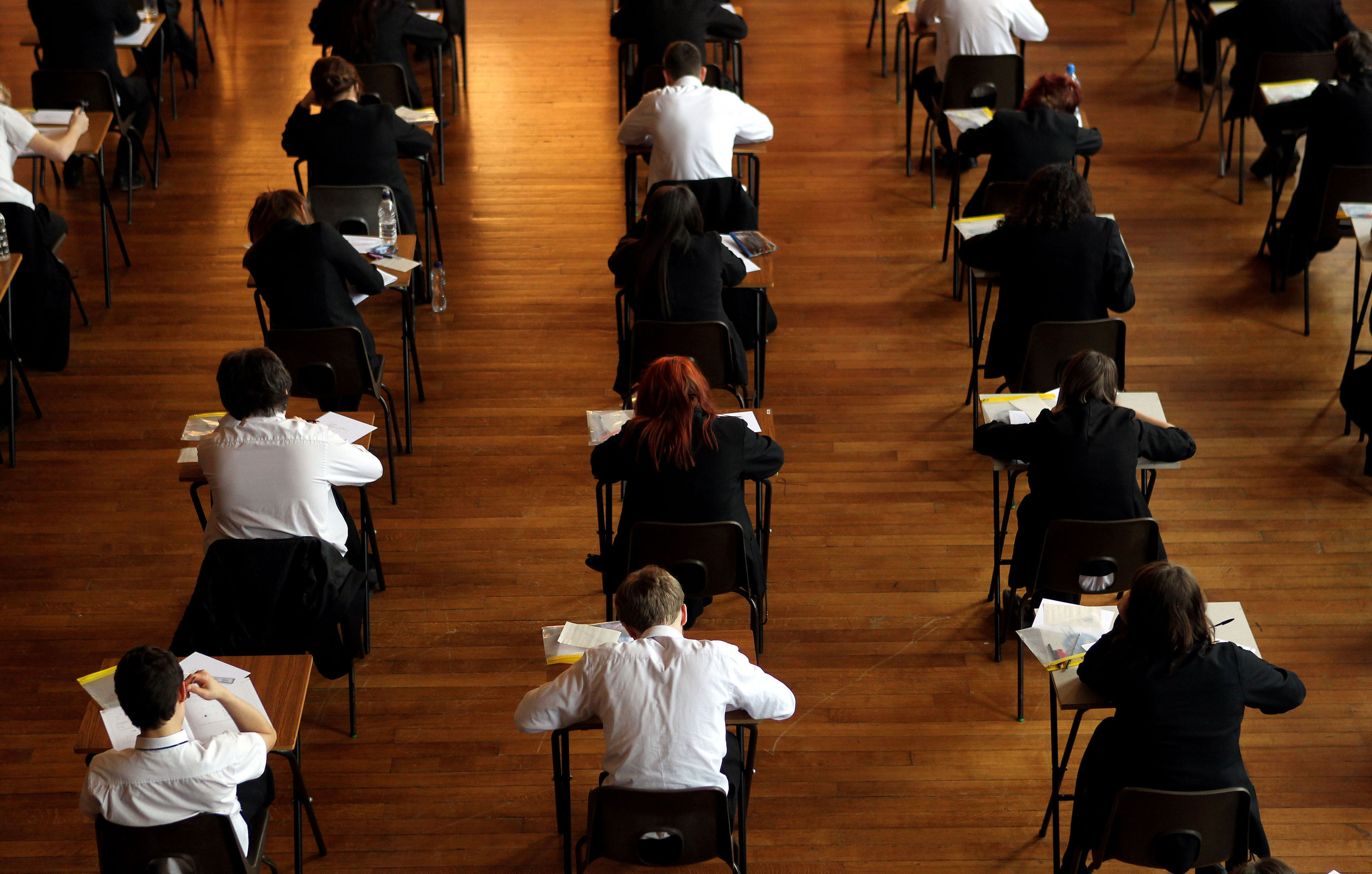
We can all remember that nervous wait for those all-important exam results to drop through the letter box, and it hasn’t gotten any easier for school kids.
In fact, this year I’ll bet the anxiety-filled rite of passage will be even worse for many Scottish youngsters.
On Tuesday, when National 4, National 5, Higher and Advanced Higher results are announced, for the first time ever grades will not be the result of late-night library sessions and hours spent memorising periodic tables or scenes from Shakespeare.
Instead, after official assessments were cancelled due to the coronavirus lockdown, results will be based on teachers’ estimated grades, course work and prelims, as well as each school’s historical exam results.
There will always be people who are very good at taking exams because they have great memory retention. But, equally, there will also be students who are just as bright but struggle with the pressure of the exams, and therefore don’t perform as well academically.
Often, your entire school career can come down to a few hours in an exam hall. And, if the pressure gets to you, it can be really tough to recover.
So, I’ve always felt that teacher assessments are, for the most part, a more accurate reflection of a child’s performance. They see their students every week and can judge their knowledge and understanding of a subject, based on their performance in class and submitted work.
But, partly basing student’s grades on the overall previous performance of their school does not seem fair to me.
For any young Scots worried about receiving their results this week, it’s important to remember there is no wrong path to your dream career, and often real-world experience can be just as desirable for an employer as a framed diploma.
Jamie, for example, could have gone onto college or university when he finished school but instead he chose to pursue his tennis career. And Andy, who went to train in Spain when he was 15, was enrolled in an American-style high school but he didn’t complete any formal exams.
Yet now, both have incredibly successful careers, have travelled extensively and are highly accomplished in running their own businesses. They’ve become experts in many different fields simply by learning “on the job”. They’ve had what you might call a degree from the University of Life.
When I was younger, I worked for a temping agency for a summer, and spent a few weeks in several different workplaces, including the Rentokil offices, a PR department at a glass factory, and an insurance company.
I would say that experience, which opened my eyes to a number of different business environments, teams and bosses, helped me learn more about working life than my entire three-year degree at Edinburgh University.
In an ideal world, there would be a better blend of education and practical experience because there is no substitute for learning on the job. So, when the postman arrives on Tuesday, try not to worry too much. There’s more than one way to skin a cat, as my granny used to say… if you work hard enough and back yourself, you’ll get there.

Enjoy the convenience of having The Sunday Post delivered as a digital ePaper straight to your smartphone, tablet or computer.
Subscribe for only £5.49 a month and enjoy all the benefits of the printed paper as a digital replica.
Subscribe